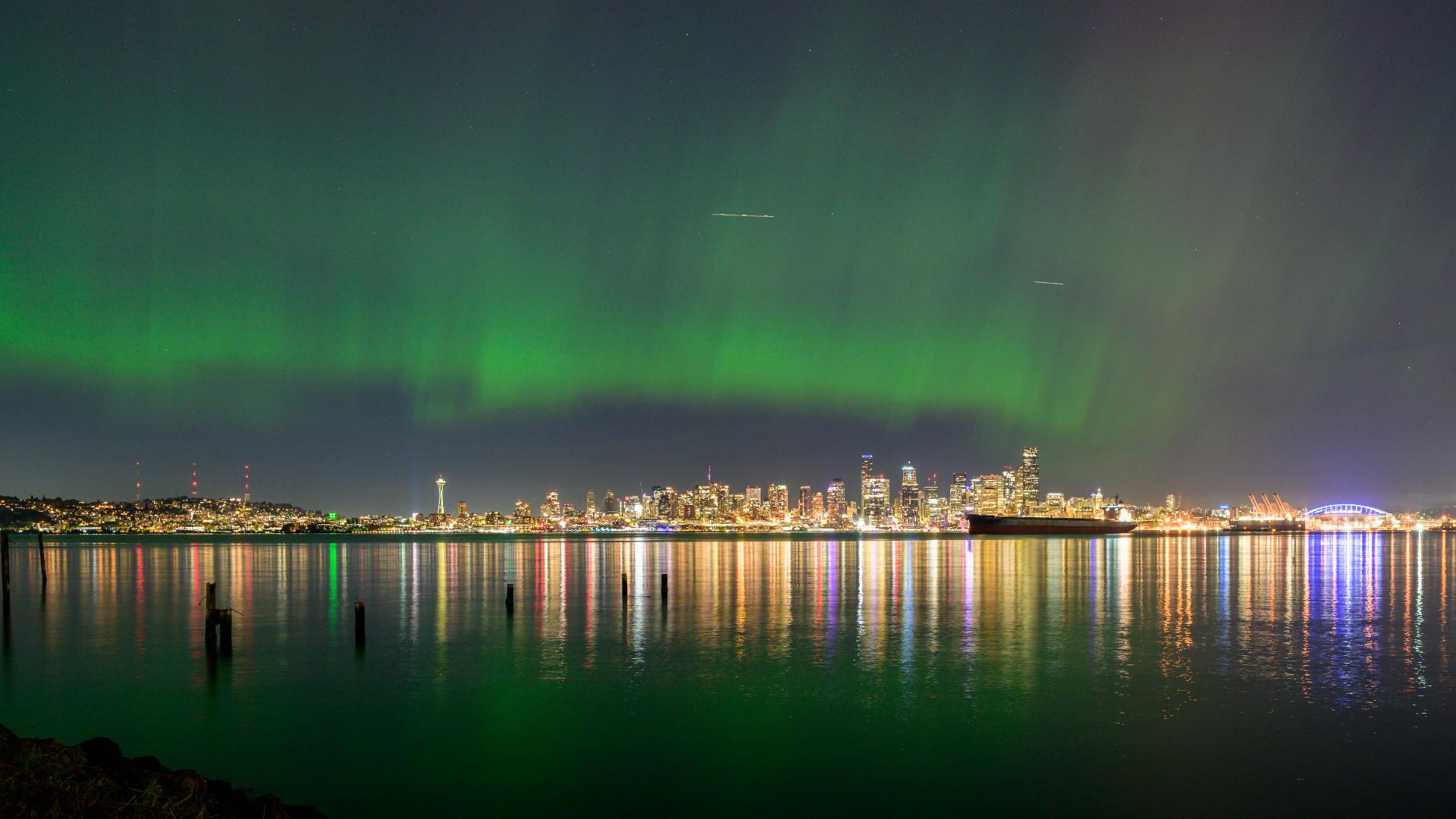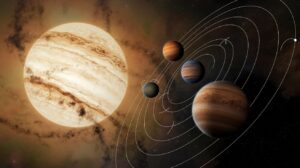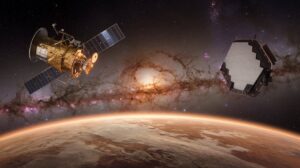Northern Lights Visible in Washington State This Week
Prepare to be dazzled: the aurora borealis may soon dance above parts of Washington State on Monday and Tuesday night, and this article will help you be among the first to see it.
What’s Sparking This Aurora Opportunity?
A surge of solar activity, specifically a coronal mass ejection (CME), is expected to strike Earth late on September 1 into early September 2, stirring geomagnetic turbulence that could reach G2 to G3 levels. This increases the likelihood of auroras reaching lower latitudes than usual.
Both Space.com and AccuWeather report that these geomagnetic storm conditions may be among the strongest since spring, offering one of the best chances in months to catch the northern lights.
Where and When to Look in Washington
If you’re in western Washington, especially north of Seattle, Monday night into Tuesday morning (local time) offers your best viewing window. King 5Space
General advice from AccuWeather suggests watching between 10 p.m. and 2 a.m., though the strongest activity may occur closer to midnight. For the highest odds, head to dark areas with a clear northern horizon and minimal light pollution.
How Viewing Will Be Enhanced This Time Around
Mobile phones and cameras can often detect the aurora before the unaided eye does, especially with long-exposure settings—so bring your tripod and experiment with long exposure or night mode shots.
Both Space.com and AccuWeather offer real-time aurora alerts via apps—like My Aurora Forecast & Alerts and Space Weather Live—which can help you track when and where the lights are appearing.
Global Context and Historical Perspective
Auroras that reach down into states like Washington, Oregon, and even further south are rare—they require G3 geomagnetic storms or stronger. SpaceAccuWeather
One notable comparison is the May 2024 solar storm, a powerful G5-class event that produced vivid auroras worldwide at much lower latitudes—California, Florida, and beyond. While this week’s G2–G3 storm may not match that extraordinary level, it still presents a remarkable viewing opportunity.
Tips for Making the Most of the Show
Here are expert suggestions to maximize your viewing experience, especially in Washington:
- Find dark, open locations—parks, hillsides, or rural areas work best.
- Avoid light pollution—move away from city centers and brightly lit areas.
- Bring gear—camera, tripod, warm clothing, and maybe a thermos of something hot.
- Stay alert—initial glows might be faint; patience often pays off.
- Use real-time alerts from Aurora forecast apps to know when activity increases. AccuWeather
Conclusion
If weather and solar conditions align, the northern lights could grace Washington State early this week—especially Monday into Tuesday. With strong geomagnetic activity (G2–G3), clear skies, and minimal light pollution, you’re well-positioned to witness nature’s upper-atmosphere spectacle.
“Subscribe to trusted news sites like USnewsSphere.com for continuous updates.”





